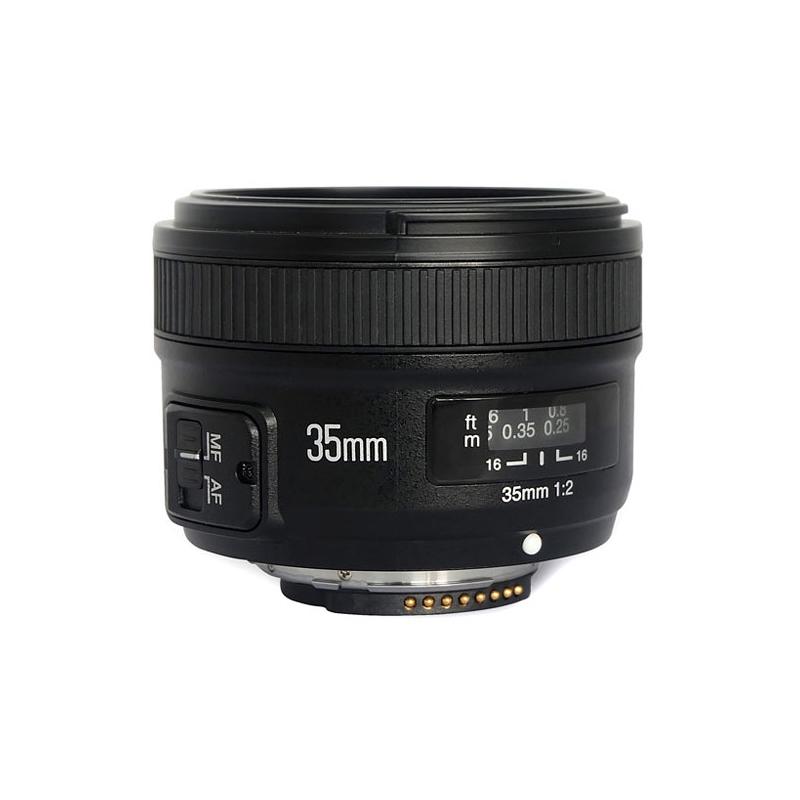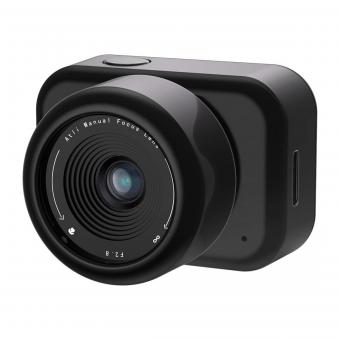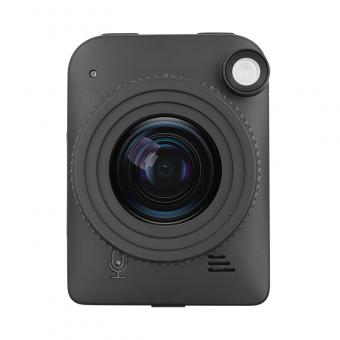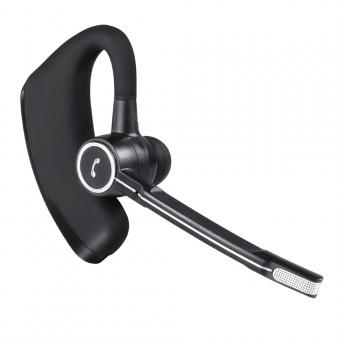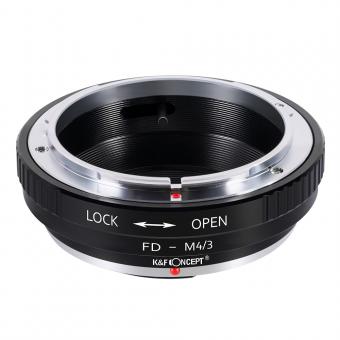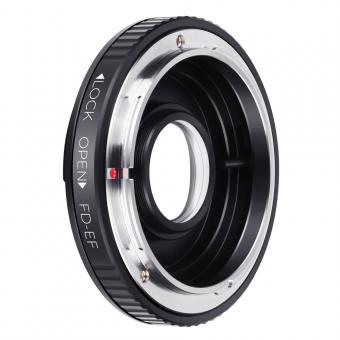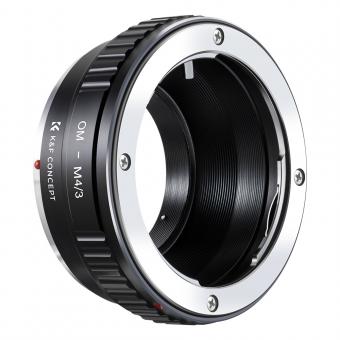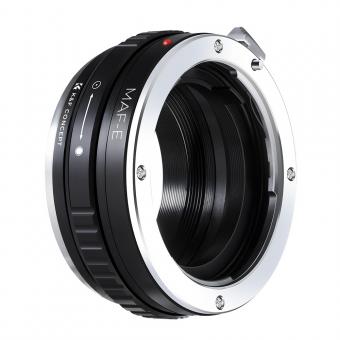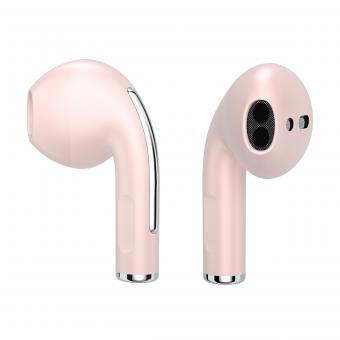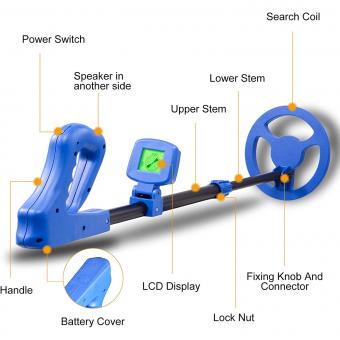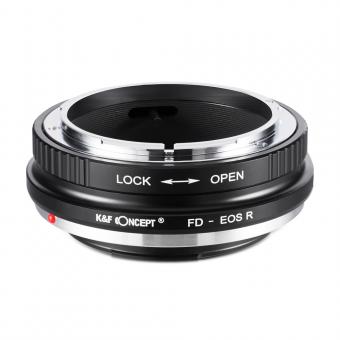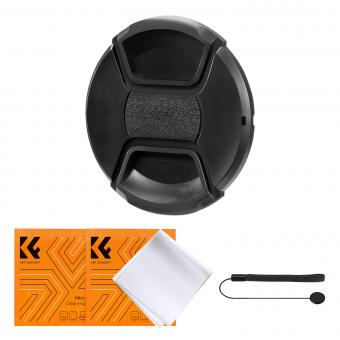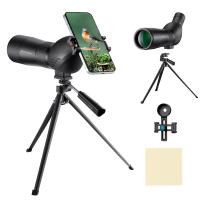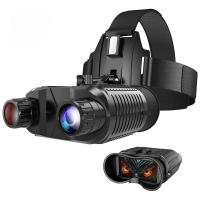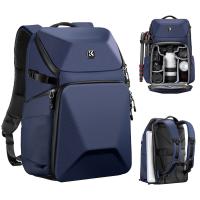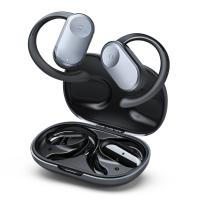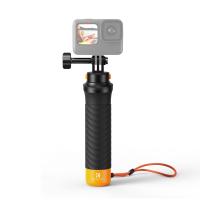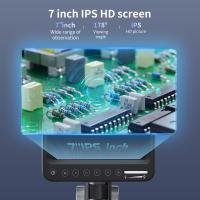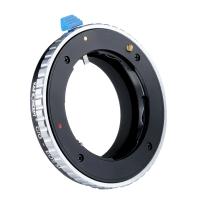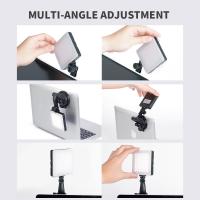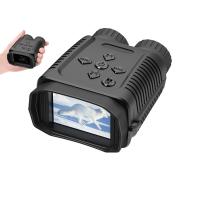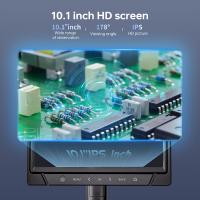Can Cameras Do Time Lapse ?
Yes, cameras can do time lapse photography. Time lapse is a technique where a series of photos are taken at regular intervals and then played back as a video, creating the illusion of time moving faster. Many cameras, especially digital ones, have built-in time lapse features or can be set up to capture images at specific intervals using external intervalometers.
1、 Time-lapse photography: Capturing a sequence of images over time.
Yes, cameras can definitely do time-lapse photography. Time-lapse photography involves capturing a sequence of images over a period of time and then playing them back at a faster rate, creating a sped-up effect. This technique allows us to observe slow processes or changes that occur over an extended period in a condensed and visually captivating manner.
Modern cameras, both digital and film, are equipped with features that make time-lapse photography accessible to photographers of all levels. Many cameras have built-in intervalometers, which are essentially timers that allow you to set the frequency at which the camera takes photos. This feature is crucial for capturing a series of images at regular intervals, which is essential for creating a smooth time-lapse sequence.
Additionally, there are also external intervalometers available that can be attached to cameras that do not have built-in intervalometer functionality. These external devices provide even more control and flexibility in capturing time-lapse sequences.
Furthermore, advancements in camera technology have made it easier than ever to create high-quality time-lapse videos. Cameras now have higher resolutions, improved dynamic range, and better low-light performance, allowing for stunning time-lapse footage in various lighting conditions.
In recent years, there has also been a rise in the popularity of time-lapse photography among smartphone users. Many smartphones now come with built-in time-lapse modes or offer apps that allow users to capture time-lapse sequences effortlessly.
Overall, cameras, whether traditional or smartphone-based, have the capability to capture time-lapse sequences, making this technique accessible to photographers and videographers of all levels.
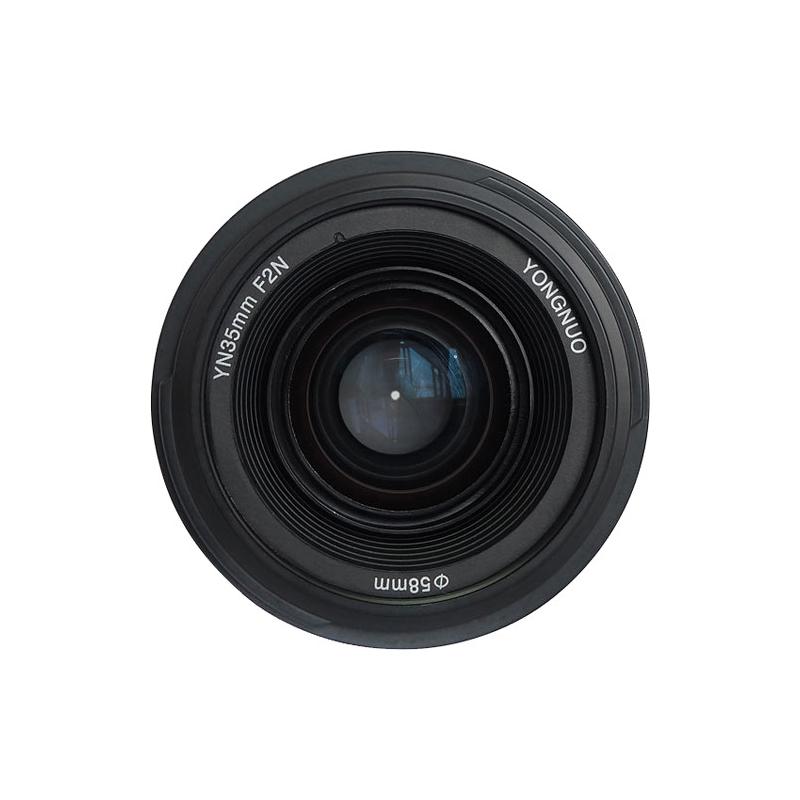
2、 Intervalometer: Device that automates time-lapse photography by controlling camera settings.
Yes, cameras can do time lapse photography with the help of an intervalometer. An intervalometer is a device that automates time-lapse photography by controlling camera settings. It allows photographers to set the desired interval between shots, the number of shots to be taken, and other settings such as exposure and focus.
Intervalometers can be either built-in or external devices that connect to the camera. Some cameras have intervalometer functions built into their firmware, allowing users to set up time-lapse sequences directly from the camera's menu. These built-in intervalometers offer a convenient and user-friendly solution for capturing time-lapse footage.
For cameras that do not have a built-in intervalometer, external intervalometers can be used. These devices connect to the camera through a cable and provide the necessary controls for setting up time-lapse sequences. External intervalometers often offer more advanced features and flexibility compared to built-in options.
In recent years, the popularity of time-lapse photography has grown significantly, and many camera manufacturers have recognized this trend. As a result, newer camera models often come equipped with built-in intervalometers, making it easier for photographers to capture stunning time-lapse footage without the need for additional accessories.
Overall, cameras can indeed do time lapse photography with the help of intervalometers. Whether through built-in functions or external devices, photographers have the tools they need to create captivating time-lapse sequences and explore the creative possibilities of this technique.
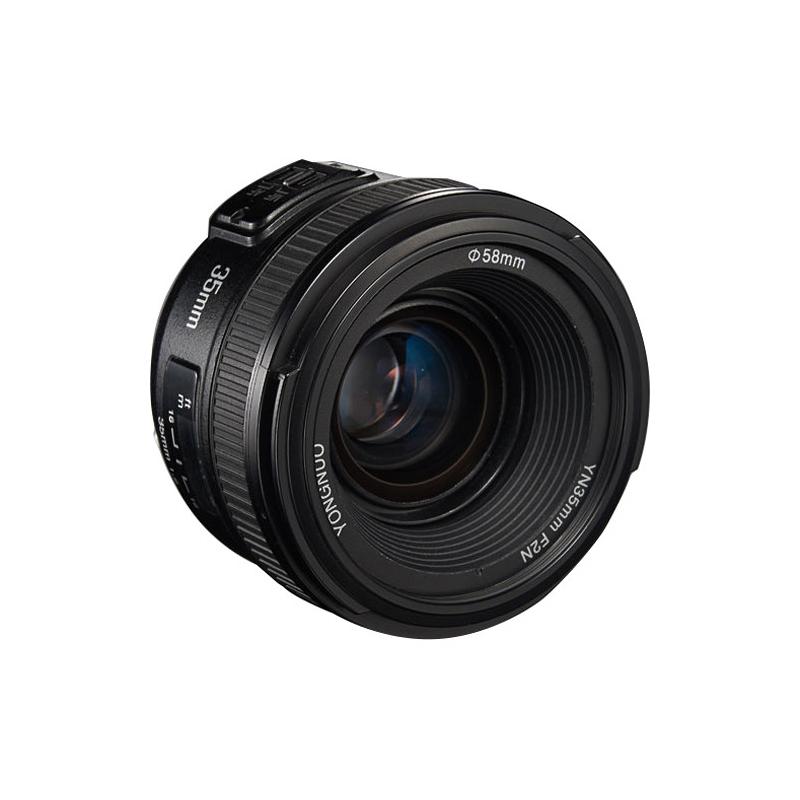
3、 Long-term time-lapse: Extended duration capture of slow-changing subjects.
Yes, cameras can indeed do time-lapse photography, including long-term time-lapse. Time-lapse photography is a technique where a series of photos are taken at regular intervals and then played back at a faster speed, creating the illusion of time moving quickly. This technique is commonly used to capture the gradual changes that occur over an extended period of time.
Long-term time-lapse is specifically used to capture slow-changing subjects over an extended duration. It allows us to observe processes that are not easily noticeable in real-time, such as the growth of plants, construction projects, or the movement of celestial bodies. By compressing hours, days, or even months into a short video, time-lapse photography provides a unique perspective on the passage of time.
With advancements in camera technology, capturing long-term time-lapse has become more accessible and convenient. Many modern cameras, including DSLRs, mirrorless cameras, and even smartphones, offer built-in time-lapse features. These cameras allow users to set the desired interval between shots, the duration of the time-lapse, and other settings to customize the final result.
Additionally, there are also dedicated time-lapse cameras available in the market that are specifically designed for long-term time-lapse projects. These cameras often have extended battery life, weatherproofing, and other features that make them suitable for capturing images over an extended period.
In conclusion, cameras are capable of capturing long-term time-lapse photography, providing a fascinating way to observe slow-changing subjects. Whether using a regular camera with time-lapse capabilities or a dedicated time-lapse camera, the possibilities for capturing and sharing the passage of time are endless.
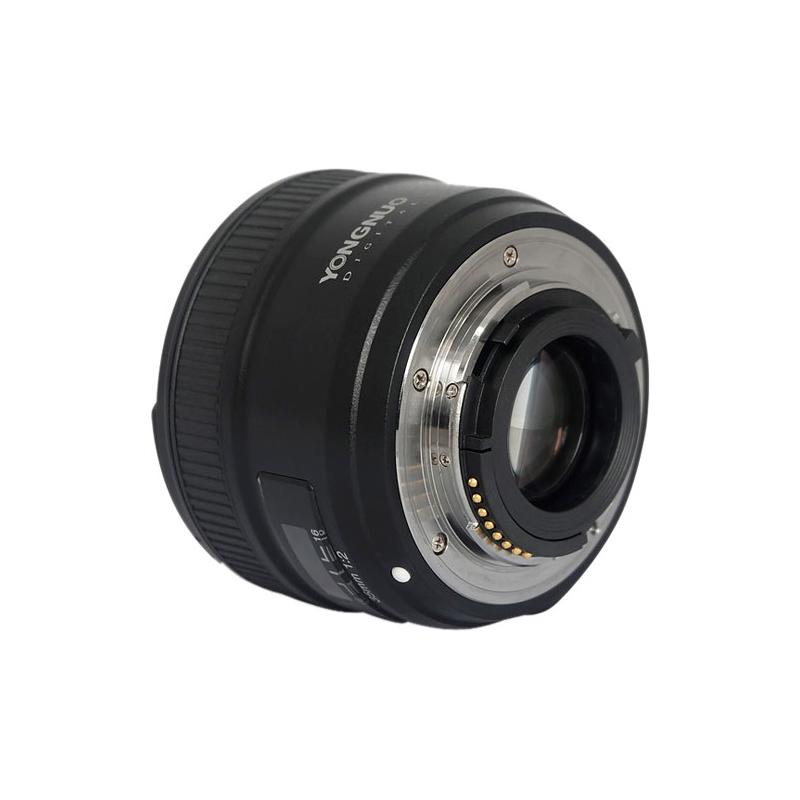
4、 Hyperlapse: Time-lapse technique involving camera movement.
Yes, cameras can do time lapse photography. Time lapse is a technique where a series of photos are taken at regular intervals and then played back at a faster speed, creating the illusion of time moving quickly. This technique is commonly used to capture the changing of landscapes, the movement of clouds, or the growth of plants over an extended period.
To create a time lapse, a camera needs to have the ability to take photos at regular intervals and then compile them into a video sequence. Many modern cameras, including DSLRs, mirrorless cameras, and even smartphones, have built-in time lapse features that make it easy to capture and create time lapse videos.
In addition to the basic time lapse technique, there is also a more advanced technique called hyperlapse. Hyperlapse involves camera movement during the time lapse sequence, creating a dynamic and visually engaging effect. This technique requires more advanced equipment, such as motorized sliders or gimbals, to smoothly move the camera while capturing the time lapse sequence.
The latest point of view on time lapse photography is that it has become increasingly accessible to a wider range of photographers. With the advancements in camera technology and the availability of affordable equipment, more photographers are able to experiment with time lapse techniques. Additionally, there are now numerous software options available that make it easier to compile and edit time lapse sequences, further expanding the creative possibilities for photographers.
Overall, cameras have the capability to do both traditional time lapse photography and the more advanced hyperlapse technique. With the right equipment and software, photographers can capture stunning time lapse sequences and create visually captivating videos.
